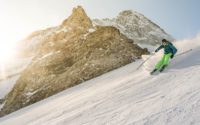Layering: How to Ideally Combine Layers When on the Slopes
The last thing you want during your skiing trip to the mountains is worrying about staying warm and comfortable. Being warm is arguably the most important part of having an enjoyable experience on the slopes. Obviously, our bodies aren’t designed to withstand harsh weather conditions so you’ll need to pick the right snow apparel to ensure you stay comfortable, warm and dexterous. The key to picking the right snow apparel for winter sports is layering. You don’t always need to pick the warmest ski pants and jacket, even if you’re traveling to colder climates, as long as you wear one or two additional layers of clothing underneath the outer layer that provide sufficient insulation, breathability, and waterproofness. Now let’s discuss layers in depth.
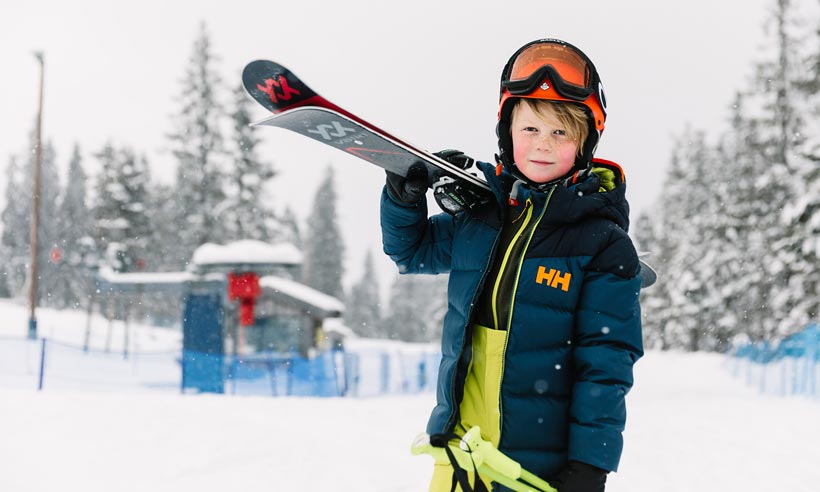
I’ll start with the base layer. The base layer is basically the thermals that you wear underneath the thick outer coat and ski pants and jacket. This layer is considered the most important as it acts as a second skin to your body. This means that the base layer should have moisture-wicking properties and it should keep you insulated against the cold. Base layer clothing is usually made of synthetic materials, merino wool or bamboo. All of these materials have their own distinct advantages and disadvantages. For instance, synthetic base layers are lightweight, machine washable, quick-drying, high-wicking and relatively cheap, but they aren’t as warm as merino, for instance and don’t have antibacterial properties. Merino wool is warm, high-wicking, breathable, antibacterial, UV resistant and retains its thermal properties even when wet, but it’s not more expensive and it’s usually not machine washable. Bamboo is soft, quick-drying, anti-static and ideal for sensitive skin, as well as cheaper than merino and environmentally friendly. However, bamboo is not as widely available and its performance can vary between brands.
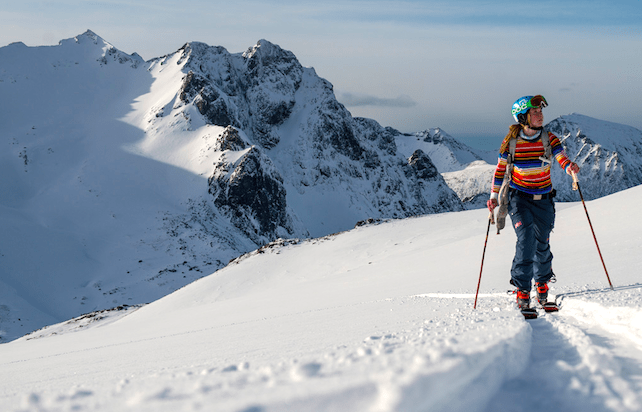
Next, you’ll need mid-layers, especially if you’re skiing or snowboarding in extreme weather. When it comes to mid-layers, fleece is your friend. It’s affordable, dries fast, is difficult to strain, doesn’t smell, it wicks sweat and can be easily hand-washed and dried on a heater. And while there are many different types of technical mid-layers out there that are great, you’ll pay a lot for them and they still won’t necessarily be better than fleece. If you’re a cold frog, add another layer of wool to keep yourself warmer. Basically, the mid-layers allow you to get your body warmth levels just right. If you have the right base and outer layer, you have the option to put on or take off a mid-layer depending on how your body responds to the temperature around you.
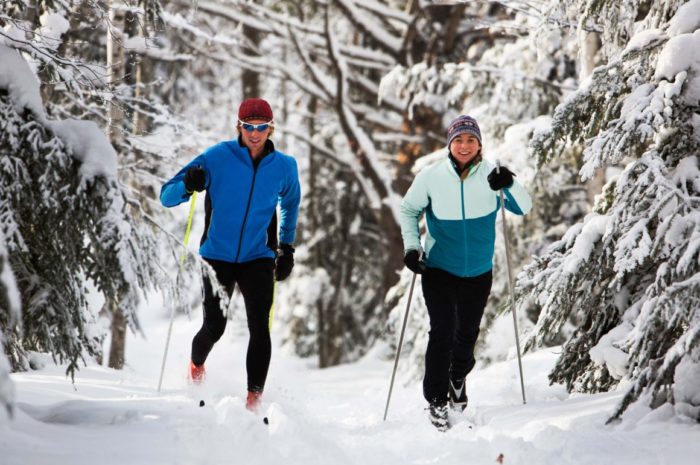
Lastly, there’s the outer layer. The outer layer is responsible for keeping your body waterproof and breathable. While it does provide a fair amount of warmth, keeping you warm is not the outer layer’s primary purpose. That being said, you want ski pants and jackets that are properly insulated. Skiing and snowboarding in Australia, where it’s warm throughout most of the year, having waterproof ski pants and jackets is especially important. There are a couple of different types of insulation, but the two most popular ones are down and synthetic insulation.
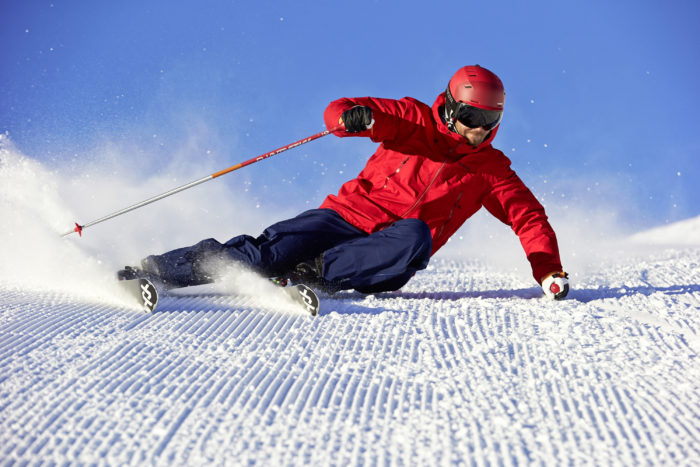
Down insulation is the warmest option, and it’s made of natural materials sourced from duck or goose plumage. Down insulation helps trap body heat by creating an air barrier between the cold outside air and your body. Further, down insulation is very breathable, and it evaporates any unwanted moisture from the body, which is really important for snow sports. Synthetic insulation, on the other hand, while not as good at keeping warmth as down insulation, is ideal for people skiing and snowboarding in warmer weather. Synthetically insulated jackets and pants have various amounts of insulation added to specific parts. For instance, the arms of the jacket can contain less insulation than the chest in order to prevent overheating. The two most popular types of synthetic insulation and 3M Thinsulate and Primaloft.
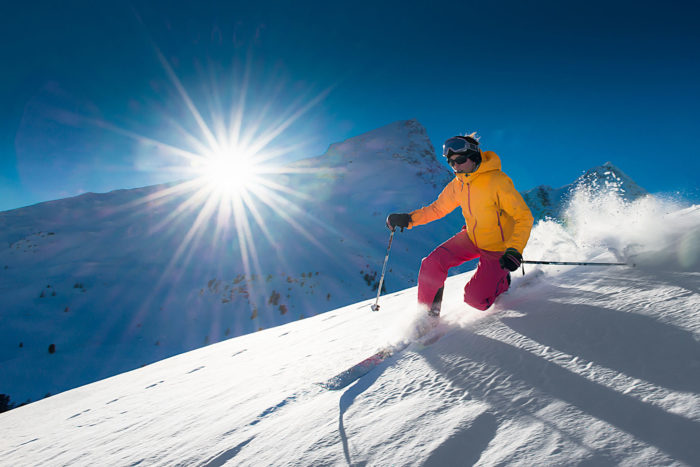
You’ve probably noticed that I don’t mention cotton, even though it’s the most popular fabric for manufacturing clothing. The reason for this is because cotton fibre acts like a sponge, and there are millions of small air pockets found in the construction of cotton which creates an insulating effect. That being said, while cotton is a great insulator, as soon as it gets wet from sweat or snow, the air pockets get filled with water and they no longer provide insulation. And while most of us won’t mind having our sweat absorbed by our clothes on a hot day, wearing wet clothing is the last thing you want in colder weather. In fact, being wet in the cold can be detrimental to your health and potentially fatal. Further, cotton doesn’t have moisture-wicking properties, since water is not drawn away from the skin with cotton, and it just makes you feel damp and clammy in your clothes.



